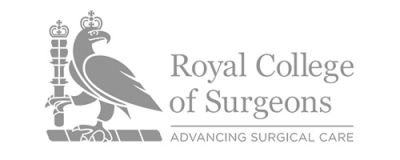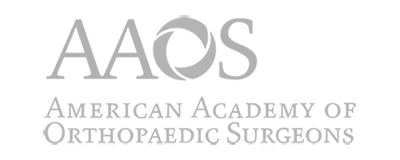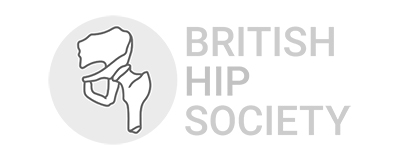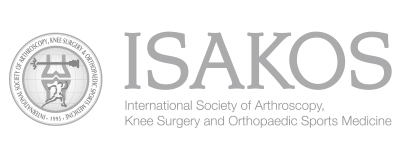PATELLAR REALIGNMENT
There are two types of procedure associated with the treatment of patellar instability:
Soft tissue realignment
For cases where the anatomy is normal e.g. recurrent patellar dislocation or tilting of the patella.
Bone realignment
For cases where the anatomy is abnormal due to abnormal development (Dysplasia). Soft tissue realignment is always undertaken in association with bone realignment.
THE OPERATION
Soft tissue realignment
The simplest form of soft tissue realignment is a lateral release where the tight lateral tissues on the outer side of the knee are released surgically, thus allowing the patella to sit properly in the groove on the front of the femur (trochlea).
Lateral release is performed arthroscopically under a general anaesthetic, usually as a day case.
In some cases the medial (inner) soft tissues may not be strong enough to keep the patella in place if lateral release is performed. This is due to the medial tissues being repetitively damaged and stretched by dislocation of the patella. In this situation the medial soft tissues may also need to be reconstructed (medial reconstruction) and occasionally reinforced.
Lateral release combined with medial reconstruction involves an inpatient stay of approximately two days. The operation is performed under a general anaesthetic. The tight lateral structures are released and the medial tissues tightened via an incision over the front of the knee. If reinforcement is necessary one of the hamstring tendons is re-routed to act as a sling to stabilise the patella.
Bone realignment
In cases where stability of the patella cannot be achieved by soft tissue procedures alone, the bony attachment of the patellar tendon (the tibial tubercle) is moved surgically to a site that is more medial (towards the inner side of the knee). This is known as tibial tubercle transfer.
Tibial tubercle transfer is always accompanied by a lateral release and medial reconstruction. If the patella is too high it can also be moved further down (called distalisation) by this procedure. The tendon and block of bone is fixed using screws. These can sometimes cause problems with kneeling afterwards and may need to be removed.
REHABILITATION
Physiotherapy is vitally important after patellar realignment. The goals are to restore movement and regain muscle strength. The most important muscle to rehabilitate is the quadriceps (especially the vastus medialis) as this pulls the patella medially, preventing dislocation.
COMPLICATIONS
Complications associated with general anaesthetic are extremely rare. Infection can occur after any surgical procedure. Simple wound infections usually settle with antibiotics but deeper infections may require further surgery.
Complications specific to patellar realignment include:
Thrombosis – this is a rare complication in patellar realignment but can occur.
Bleeding into the knee joint after arthroscopic lateral release occasionally requires further surgery to wash out the blood.
Kneeling can be painful afterwards but usually settles.
Occasionally the knee is stiff after surgery.
Recurrent dislocation can occur and may require further surgery.
Anterior knee pain can be made worse by patellar realignment if significant wear and tear is already present.
Osteoarthritis can occur in the long term as a result of damage to the articular surfaces of the patella and femur. This is usually as a result of the instability rather than the surgery.
Discussion with Nadim is important to answer any questions that you may have. For information about any additional conditions not featured within the site, please contact us for more information.









